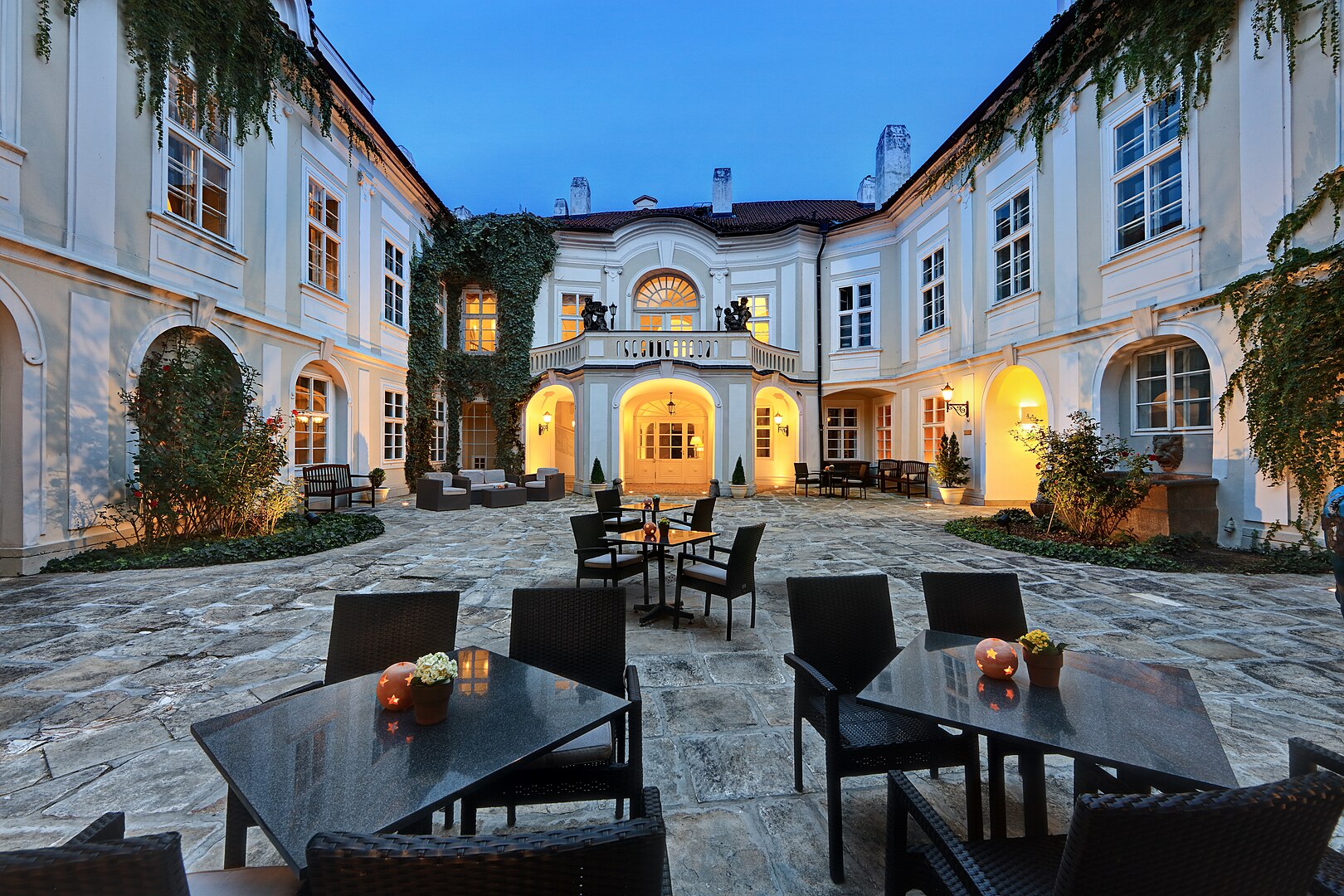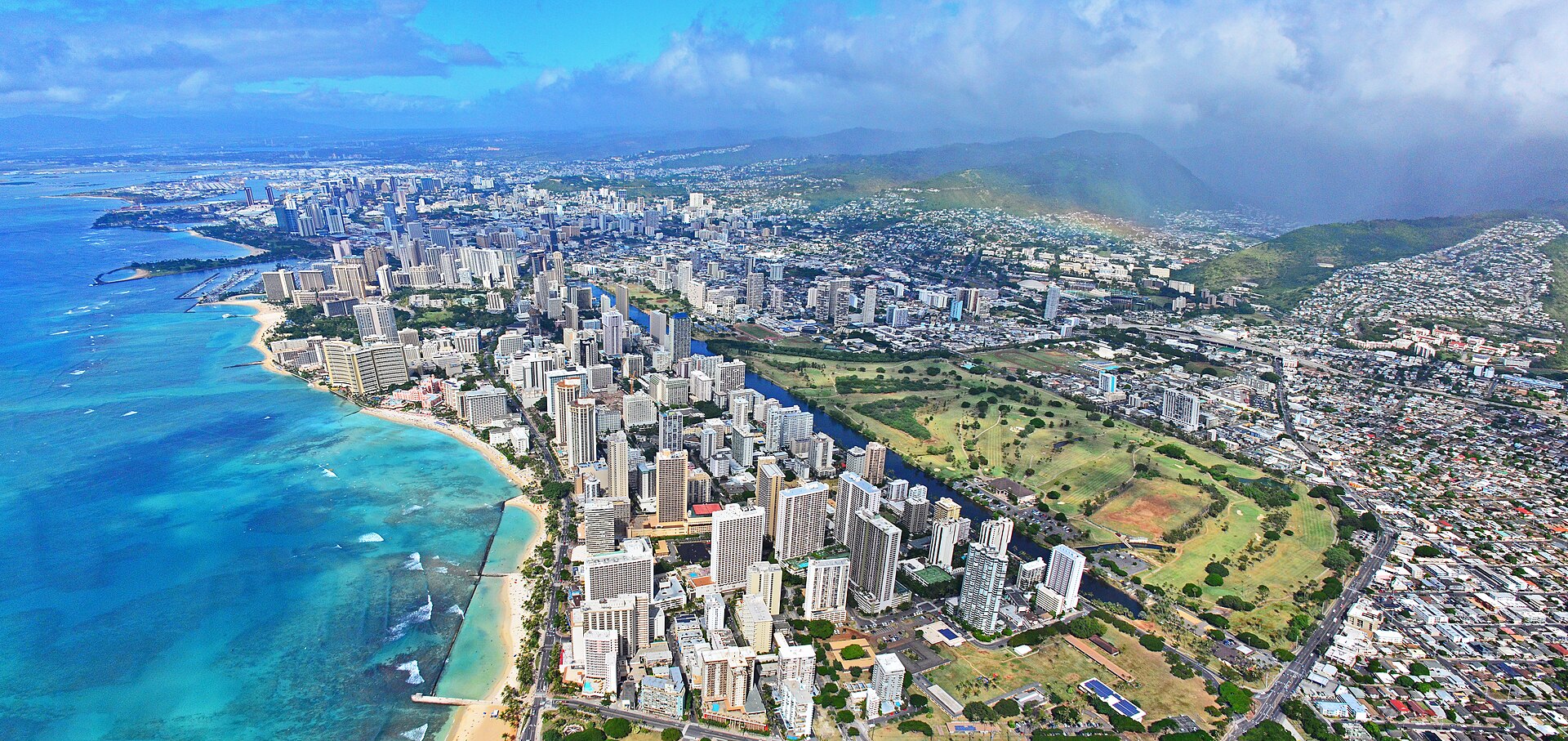There’s something undeniably enchanting about Prague. The gothic spires that pierce the skyline, the winding cobblestone streets, the majestic castle overlooking the Vltava River. And while backpackers have long claimed this Central European gem as their budget playground, I discovered Prague has another side entirely—one of old-world luxury, five-star comforts, and surprisingly accessible opulence.
The Art of the Hotel Upgrade
My love affair with Prague’s luxury scene began at the Art Deco Imperial Hotel, a stunning property adorned with original ceramic mosaics and a lobby that whispers of the city’s Golden Age. While rack rates typically exceed €250 per night, I secured a room for nearly half that price through a combination of timing and strategy.
“Always book directly with Czech luxury hotels,” advised Pavel, the impeccably dressed concierge who welcomed me with a glass of Moravian sparkling wine. “The best hotels here offer significant discounts for Sunday through Thursday stays, especially if you book three weeks in advance.”
This insider tip proved golden throughout my stay. The stunning Augustine Hotel, housed partially in a 13th-century monastery, offered a “stay three nights, pay for two” winter promotion that brought the nightly rate down to €166—a steal for a property where you might find yourself sipping morning coffee in a converted monk’s cell with vaulted ceilings.
Michelin Stars Without Astronomical Prices
Prague received its first Michelin star in 2012, and its fine dining scene has blossomed ever since without the price inflation seen in Paris or London. At La Degustation Bohême Bourgeoise, I indulged in an eight-course tasting menu that would easily cost €250+ in Western Europe.
“Czech fine dining is still finding its place on the international stage,” explained Chef Oldřich, who stopped by my table to describe a modernized svíčková (marinated sirloin) that practically melted on my fork. “This means we deliver exceptional quality at prices that reflect our location, not our ambition.”
The €95 tasting menu with Czech wine pairings proved his point perfectly—a three-hour culinary journey through reimagined Czech classics that left both my palate and wallet pleasantly surprised.
For an even better value, I discovered the weekday business lunch phenomenon. Prestigious restaurants like Divinis offer abbreviated tasting menus at lunchtime for under €30, allowing access to the same kitchens serving dinner at triple the price.
Spa Culture: Imperial Relaxation Without Imperial Expense
Czech spa culture dates back centuries, and Prague’s luxury hotels have embraced this tradition with stunning wellness facilities. The Mandarin Oriental’s spa, housed in what was once a Renaissance chapel, offers day passes to non-guests on weekday mornings.
For €75, I enjoyed three hours of access to thermal pools, steam rooms, and relaxation areas that typically accompany treatments costing four times as much. The secret? Asking about “local resident” spa packages, which most high-end hotels offer but rarely advertise to tourists.
At the Four Seasons Prague, timing again proved crucial. Their “Twilight Spa Access” between 7-10 pm included a glass of champagne and light refreshments for €60—allowing me to soak in heated pools overlooking Prague Castle as it illuminated the night sky.
Private Guides: The Ultimate Luxury Hack
While group tours crowd the Charles Bridge, I discovered that private guides in Prague are remarkably affordable compared to other European capitals. Through the concierge at the Carlo IV (part of Marriott’s Luxury Collection), I secured a three-hour private tour with Martina, a captivating art historian.
“The difference between group tours and private experiences isn’t just about exclusivity,” Martina explained as she unlocked the door to the Astronomical Clock tower after hours, when tourists had departed. “It’s about accessing spaces and stories that remain hidden to most visitors.”
For €120, Martina delivered insights into Prague’s architectural history, arranged private access to sections of Prague Castle typically closed to visitors, and concluded our tour with a reservation at a hidden wine cellar beneath the Old Town Square that doesn’t accept walk-ins.
Shopping: Bohemian Craftsmanship Without the Markup
Prague’s luxury shopping scene centers around Pařížská Street, often called the “Champs-Élysées of Prague.” While international luxury brands command the same prices worldwide, Czech artisanal products offer exceptional value.
I discovered this at Modernista, a gallery-like boutique offering museum-quality Czech cubist furniture and decorative arts at prices that would be tripled in London or New York. A meticulously crafted crystal vase from Moser, the legendary Czech glassmaker that supplies royal families worldwide, cost roughly 40% less than equivalent pieces in Western Europe.
“Czech luxury has always been about craftsmanship rather than branding,” explained Helena, who guided me through the Kubista store’s collection of handmade reproductions. “We price for appreciation, not exclusivity.”
The Secret World of Hotel Bars
The true revelation of luxury Prague came in discovering the city’s hotel bar scene. While tourists flock to overpriced Old Town establishments, Prague’s most sophisticated cocktail experiences hide in plain sight within five-star hotels.
At Hemingway Bar in the Hotel U Prince, I sipped a meticulously crafted absinthe cocktail while engaging with Martin, a bartender whose knowledge of spirits bordered on academic. “Hotel bars in Prague maintain international standards but at Czech prices,” he noted, sliding another €12 masterpiece across the polished wood—a price that would easily exceed €25 in similar establishments in Paris or Vienna.
The Cloud 9 rooftop bar at the Hilton Prague revealed another dimension of the city—panoramic views normally commanding premium prices came with cocktails hovering around €10-14 during their weekday happy hour from 5-7 pm.
Opera and Ballet: Cultural Richness at Accessible Prices
Few experiences match the opulence of attending the opera in a grand European hall, and Prague’s National Theatre and State Opera deliver world-class performances at startlingly affordable prices.
Orchestra seats for “La Traviata” at the recently renovated State Opera cost me €45—comparable seats at Milan’s La Scala or Vienna’s Staatsoper would exceed €200. Even better, the ornate Estates Theatre—where Mozart himself conducted the premiere of “Don Giovanni” in 1787—offers last-minute tickets at the box office for as little as €30.
“Czech people believe cultural experiences should be accessible,” explained Tereza, the elegantly dressed woman seated beside me at the ballet. “Our government subsidizes the arts so citizens can afford to attend, and tourists benefit from this philosophy as well.”
The Ultimate Luxury: Authentic Experiences
On my final evening, I splurged on a private dinner cruise aboard a wooden vessel that once transported Bohemian aristocracy. As we glided past illuminated bridges and spires, I reflected on how Prague had delivered an experience that felt far more expensive than my actual expenditure.
The city’s luxury offerings exist in a unique sweet spot—world-class quality without the inflated prices of more established luxury destinations. Whether through strategic timing, booking directly, or simply knowing where to look, Prague allowed me to indulge in five-star experiences while maintaining a three-star budget.
As Pavel the concierge had told me on that first day, “Prague doesn’t need to exaggerate its prices because the beauty speaks for itself.” Looking up at the moonlit castle from the river, a glass of Bohemian sekt in hand and the gentle lapping of water against the hull, I couldn’t help but agree.
For travelers seeking the finer things without financial ruin, Prague remains Europe’s most elegant secret—a place where luxury feels less like an exclusive club and more like a welcoming embrace.



